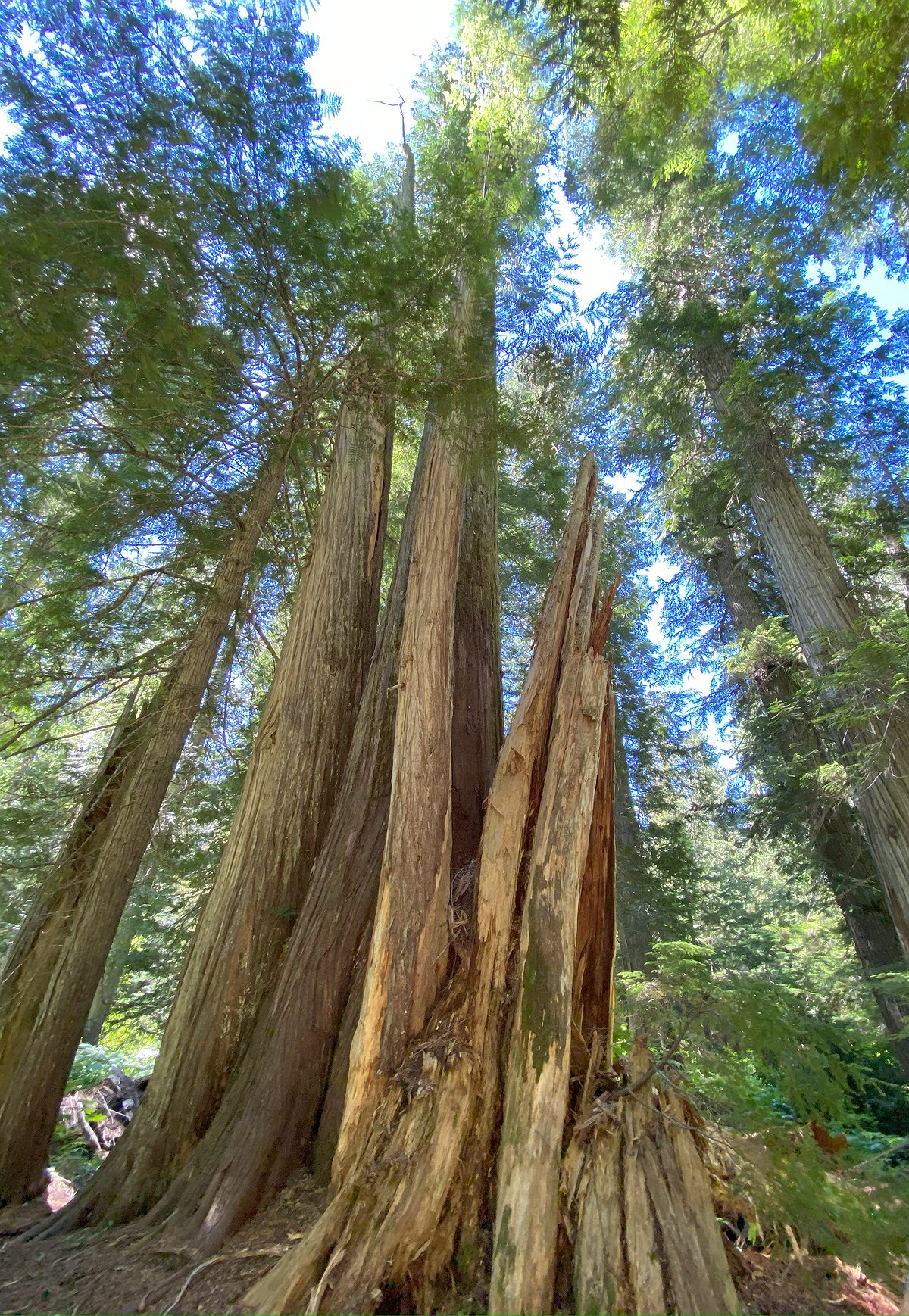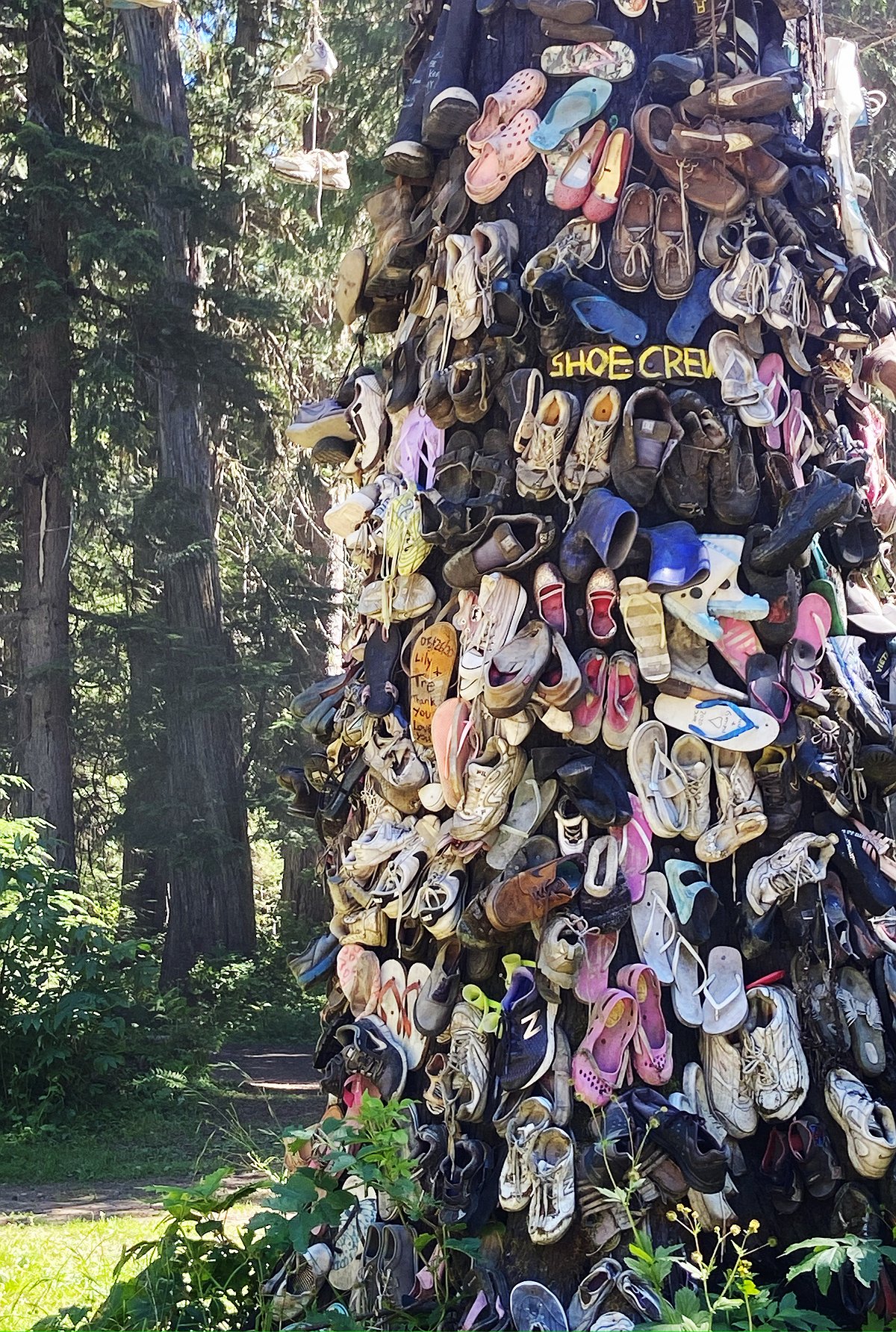Leonard Paul is the hub of Priest Lake

As long as visitors have been exploring Priest Lake, the Leonard Paul has been there to greet them.
PRIEST LAKE — As long as visitors have been exploring Priest Lake, the Leonard Paul has been there to greet them.
Movie stars (silent movie actress Nell Shipman built her studio nearby), trappers, miners, and prospectors in search of their fortune were regulars as were loggers and their families. So, too, did visitors look for a peaceful retreat and a taste of the lake life, or anglers heading out onto Priest Lake.
Paul, who was 19 when he opened the store that bears his name in 1906, having moved to the Priest River area as a youth with his family from Neenah, Wis. Backed by his mother, he opened his namesake store in the bustling town of Coolin on the eastern shore of the lake.
According to local historians Kris Runberg Smith and Tom Weitz, Paul was recruited to establish the store by his uncle Andy Coolin. Paul bunked on the floor of his uncle's cabin as they worked to finish the store over Thanksgiving, the pair wrote in "Wild Place," a history of the lake and the town which bears the same name. And on Feb. 15, 1906, the Leonard Paul opened its door for the first time.
Then, like now, the Leonard Paul sold a little bit of everything — basics for year-round residents as well as things left behind in the rush to get to the lake. From groceries, milk, and clothing to gas, kerosene, and magazines. However, the store no longer sells dynamite as it did when it began, and a horse-drawn stage that stopped at the Leonard Paul three times a week has given way to horse-powered vehicles.
Locals fondly recall the long, red licorice sticks or being able to snag a pickle from a barrel. Others swear the ice cream is second to none, and that the food is better than what their moms and grandmas made.
According to "Beautiful Bonner," a history of the people, places and business of Bonner County, Paul was frequently heard to say, "If you want it, we've got it." He also, conversely, was fond of saying, "if we don't have something you want, you don't need it."
While the original log building doesn't survive, the current building — like the original — serves as a hub of the community.
The store began its life as a 20-foot by 30-foot log cabin just after the turn of the century, built toward the front of a lot that housed Paul's home. It would be replaced in 1926 by the current building, but located down the hill and featuring the addition of a second story that originally housed a dance hall but has served as an Airbnb site in recent years.
Bob and Peggy Smith took over the store in 2020, not wanting to store to close after former owners put the iconic building up for auction in 2018 after running into financial difficulties.
The Leonard Paul is the lake and the lake centers around the Leonard Paul, Peggy Smith said.
"It's kind of been the pillar of the lake in a lot of ways," Smith said. "It was one of the first commerce places on the lake. Coolin was the first place they could put in at on the lake and get supplies up and around the lake."
When they learned that the Leonard Paul might close, the Smiths were determined to prevent that.
"I just wanted to get it open," Smith said. "It had been closed for the season and it had been rented out upstairs so I just wanted to get it open because it's not fun up here without the store."
"We have a great community that can often feel idyllic," store staff posted to social media in 2021. "The Leonard Paul store has contributed to that feeling for generations. But, of course, it wasn't the store, but the people and the times we want to hold close. All the comments that hint of a thousand stories concerning the store are reason enough to ensure there are thousands more stories to come."
The Leonard Paul serves as the hub for the Priest Lake area, close to nearby hikes and adventures from the Priest Lake State Park, just 30 miles from the Canadian border on the lake's east shore, to the lake itself to an ancient cedar grove.
Perhaps the funnest adventure can be found at the Lionhead Campground water slide, situated on Idaho Department of Lands property at the end of a mile-and-a-half hike. About 100 feet long, the slides aren't advertised and the road there is rough. Sliders are asked to pack out whatever they take in.
The Roosevelt Grove of the Ancient Cedars is another don't-miss hike when at the lake. The old-growth cedars are split into two sections — the upper grove and the lower grove. Named for President Theodore Roosevelt, the grove is located about 13 miles from Nordman on the lake's west side. The two segments are the remnants of a far larger grove, devastated by a 1926 fire that destroyed about 75 percent of the trees, according to U.S. Forest Service data.
Another attraction at the grove is the Granite Falls, a must-see in the late spring or even early summer.
Perhaps the quirkiest of the Priest Lake attractions is the shoe tree located near the cedar groves. The tree is the second iteration of the attraction; the first was destroyed in a 2010 fire which wiped out nearly 70 years of tradition and hundreds of shoes.
The "shoe tree" had been an informal landmark in the Priest Lake area for decades with people adding shoes to the tree dating back to the 1940s despite Forest Service officials discouraging locals and tourists from adding shoes.
The lake life, it seems, is what you make it. Peaceful, fun, unique, and magical — just like the Leonard Paul.













